Your dream garden doesn’t have to stay a dream. Even if you’ve never planted a single flower or held a shovel in your life, you can design a breathtaking landscape—without the stress, guesswork, or expensive mistakes.
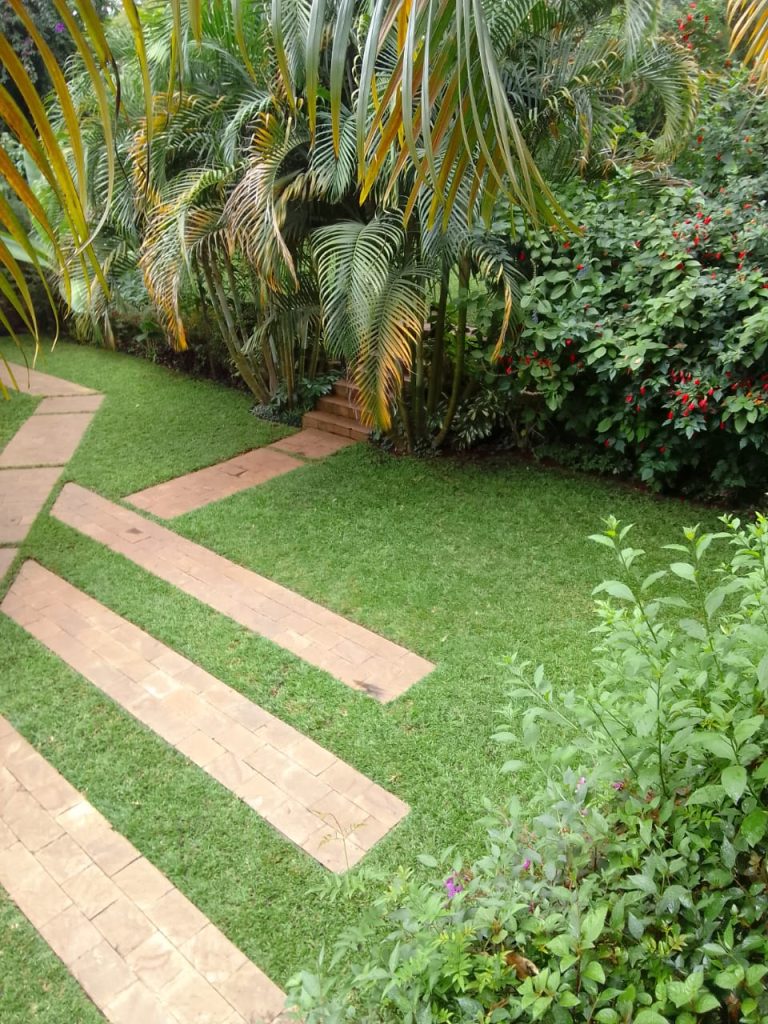
For first time gardeners and homeowners, the enthusiasm of landscaping your garden can be dampened by the challenge of what to have or plant and where, the expenses involved and time needed for upkeep. These however need not bog you down. With a little planning you can still end up with an idyllic garden that suits you just fine; utility wise, aesthetically and in its maintenance regime. In this article, I give step by step guide on how you can work alone or with help to grow your dream garden.
Step 1: Identify Your Needs-Why do you need the garden for?
Why do you need the garden for in the first place? The answer to this question will guide you in your planning. All of us have our preferences and these naturally will express themselves in the garden plan. If you are a plant collector who is taken in by the glory and drama of flower and foliage colour as plants bloom into and out of season you may want to experiment with different plantings. For such the garden will have extensive flower beds and borders leaving little room for lawns and hard landscaping (paving, parking and paths). On the other hand you may not be keen on flowers and as such your space will be dominated by trees, lawns and shrubs. Some people may not have enough time or upkeep-and will go for spaces with as little greenery as possible.
Step 2: What Do you Need in The garden?
Of what use will the garden be to you? A garden is more than aesthetics. It is an extension of the house. How we design and decorate our houses is an expression of our personality. This equally applies to our gardens. If you enjoy the outdoors a lot then incorporation of outdoor facilities will take priority. These include outdoor furniture for alfresco dining and cozy sitting areas, walkways, pergolas, and water features for quiet contemplation. A young family may need space for a children’s play areas where items like swings, sandboxes, and see saws can get them to safely expend their energy.
Similarly, if you are fond of culinary delights, the urge for a vegetable garden cannot be resisted necessitating allocation of space for it.
As long as it serves you right, whatever you decide to put in the garden is a matter of personal choice. You can landscape your garden-in which ever mannerthat meets your needs
Step 3: What are the existing conditions?
Assess the existing conditions. You will be lucky if your site has the ideal landscape conditions; almost level ground, deep rich soil and ample water. Most sites have shortcomings in one form or another. Sometimes the slope will be too steep, or the soil is too shallow or stony. Perhaps water shortage is a major issue or you have unsightly views. It is advisable that you strive to enhance the good features of your sight while working to minimize the worst aspects.
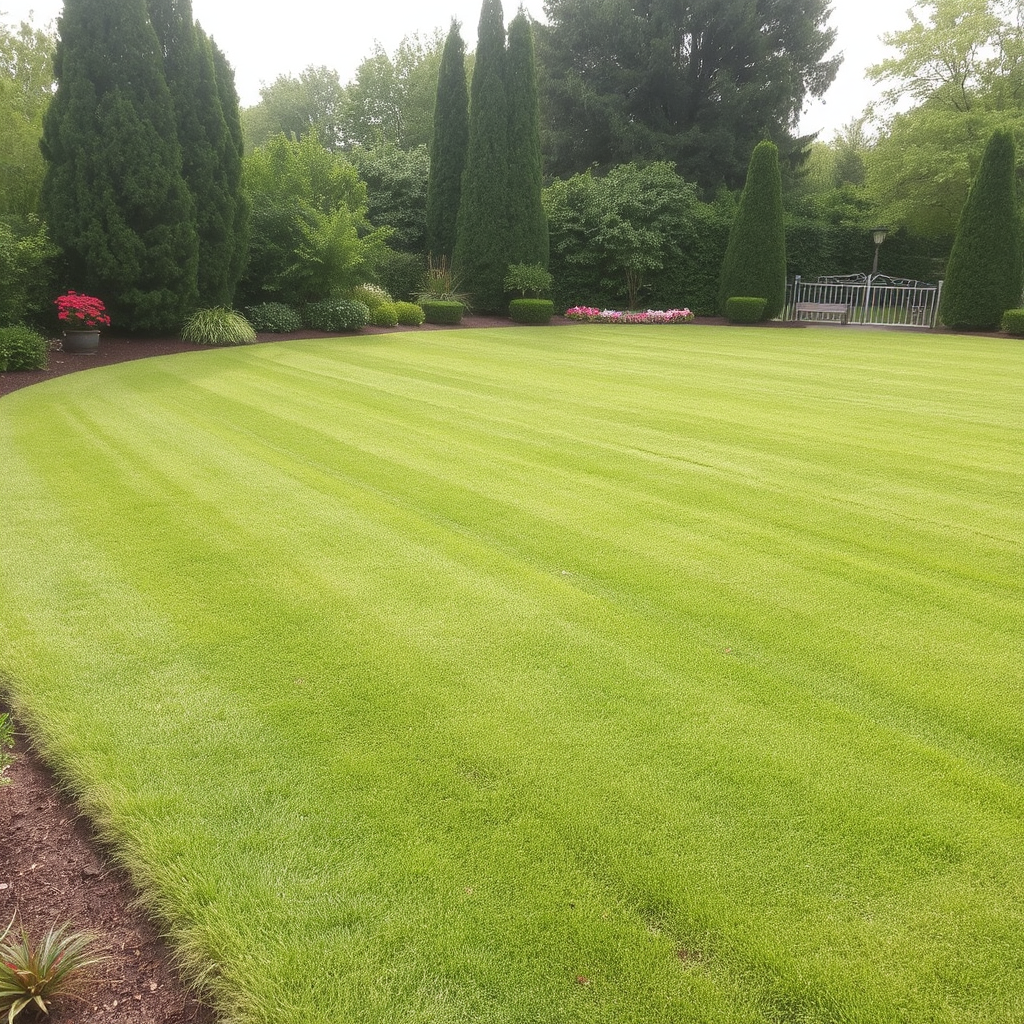
For instance a slope could be terraced to provide enough planting space or be planted with soil holding plants. Alternatively you may opt for retaining walls to enlarge your ground. For shallow soils raised beds can be used while for stony and water deficient areas your best bet would be to use succulents, cactuses, bougainvillea and lantanas. These are hardy plants. Ugly walls and fences can be softened by use of flowering creepers or screened out by tall trees and hedges.
Note that it is always easier and cheaper to incorporate nature that work against it.
Step 4: Time and Money For your garden
How much money are you willing to spend on the landscaping your garden? and do you have the time to tend to the garden once it ids grown?
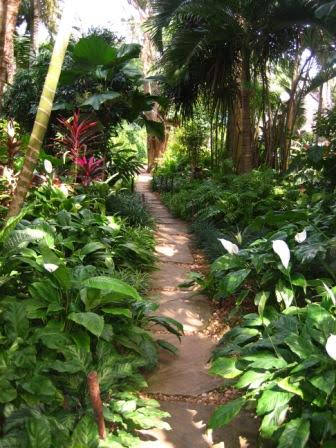
Every garden requires maintenance and unless you are prepared to fold your sleeves and carry secateurs all weekends, it is better to go for a planting scheme that will not require intensive upkeep-the so called no fuss gardens. Here instead of having huge flowerbeds, plantings and big lawns, you can have most of the garden dominated with groundcovers, succulents hardly shrubs and paving. Paved surfaces will still give you outdoor living but at less upkeep cost. Similarly groundcovers are cheaper to look after than a lawn.
Step 5. Getting down to work
Now that you have identiied what you need the garden or and the items that you need to landscape your garden, and asessed the existing ground, you can now move to start work. The question is will you do it yourself or will you need help? If you need to install elaborate garden features like rock gardens, water features, gazebos and trellises, you will need help. Needing help doesnt mean ceding your creative authority. You have the ideas, help is only meant to help you achieve your ideas with ease. I have gone to homes where the owners have their vegetable gardens already mapped, the lawn grass identified and even water points marked out. All they want is someone to do the final bit!
Step 6: Landscape Your Garden in Phases
You may have once bought a small seedling worth small change and concluded that plants are cheap. Now you need to fill an entire garden with shrubs in their tens the reality suddenly sinks in-buying plants is an expensive affair. And you haven’t started on other garden elements like car ports, fences, paving and lawns.
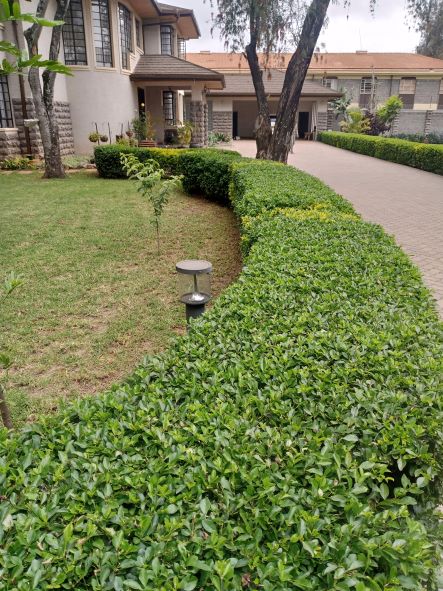
One way to you can bear the garden installation cost is to landscape the garden in phases. The basic framework is laid, and then gradually you keep customizing your garden by adding items as you go along. For instance, start off with trees long before you even start building the house. By the time the house is done, your trees will have matured. Then, go for the lawn or pavings. Finally finish with flowerbeds .
You can also reduce the costs of your project by making propagations of your favorite plants well in advance. I know of people who started off with a simple strelizia or cycad plant, but were patient enough to let them multiply. Later they broke them into single pieces and replanted. Besides in buying plants, the plant in the big bag, is not necessarily the best option. Eventually all plants grow anyway so why not buy the small cheap one and tend it yourself.
If you go this route, you will be surprised at how easy and economical installing your garden gets to be.

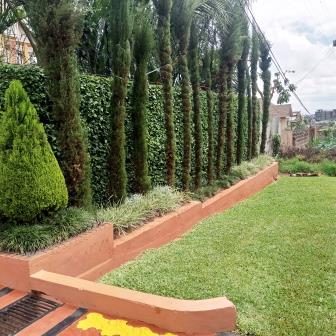
Leave a Reply